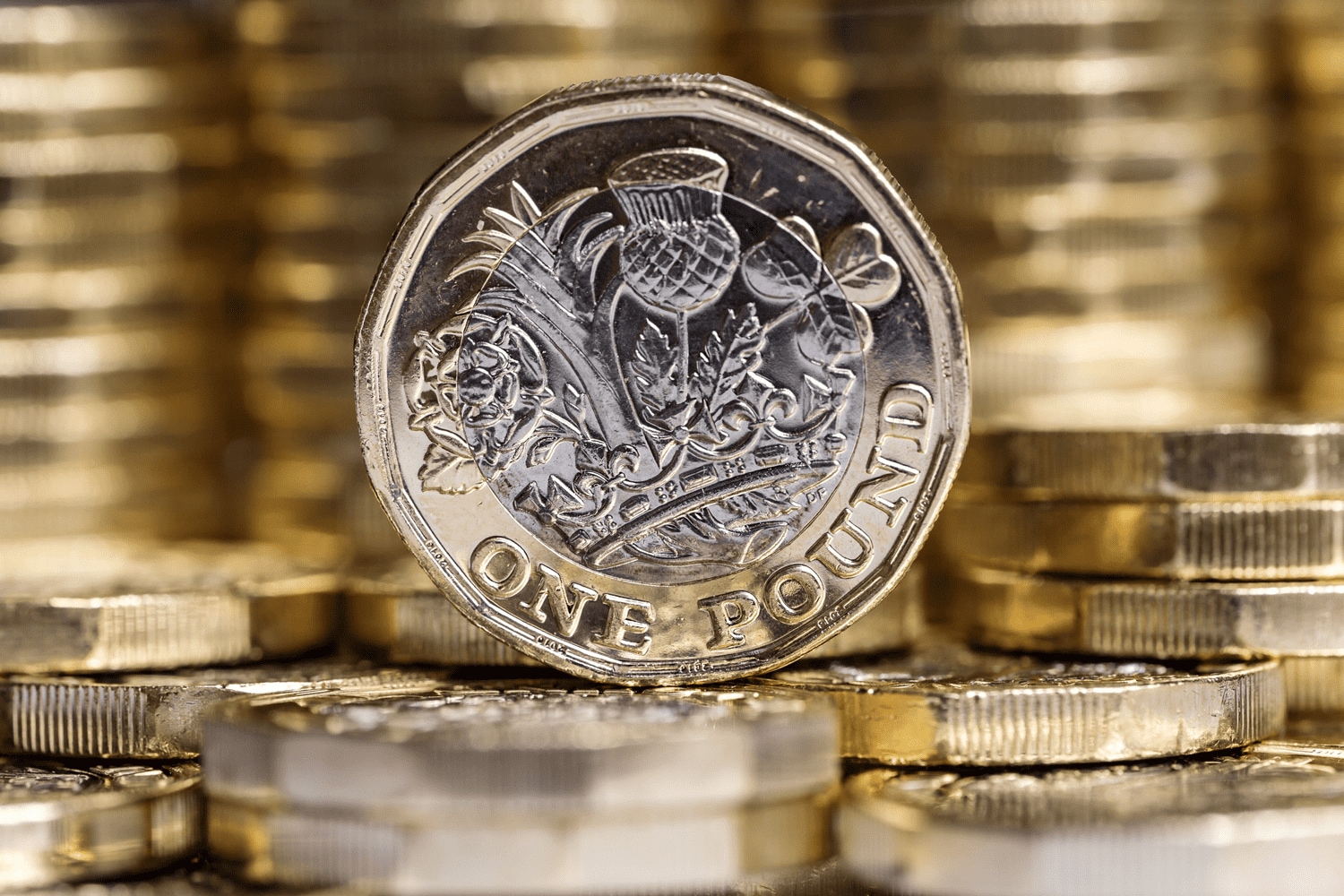The fallout from Friday's US inflation number continued yesterday, with more sharp falls in global equity markets, sending the S&P 500 and Nasdaq 100 into bear market territory, and below their previous lows this year.
The US dollar also picked up where it left off on Friday, surging to a new 20-year high against a basket of currencies, while across the board yields rose sharply. The US yield curve inverted further, with the 5-year yield moving sharply above the 30-year yield, signalling a rising concern that the US economy is heading towards a possible recession.
Asia markets also fell again this morning, however today’s European open looks set to see a modest rebound as selling pressure starts to subside.
Wherever you look, there appears to be a gradual realisation that having underestimated inflation risks for so long, central banks are now looking to play catch-up with a series of aggressive normalisation measures, as the Federal Reserve starts its two-day meeting later today.
Late last night there was a piece from the Wall Street Journal that suggested we could see a 75bps rate hike tomorrow because of Friday’s unexpected jump in May's consumer price index (CPI) reading. This still comes across as a kite flying exercise, given we know we’re going to get a 50bps rise tomorrow, and another fall in the US producer price index (PPI) today could go some way to popping some of this move higher in yields. Furthermore, it would be highly unusual for Fed officials to react in this way when we know that all they would need to do is put a 75bps move on the table for July and achieve a more orderly outcome.
The surge in bond yields prompted by Friday’s CPI report could be tempered by today’s PPI data, which in recent months has started to show signs of slowing, and is much more a leading indicator than CPI, which tends to be more backward looking. In April, US PPI fell to 11% from 11.5% in March, and it could fall further when May’s numbers are released this afternoon, with expectations of a fall to 10.9%. Core PPI has also been softening, hitting a high of 9.6% in March, and dropping to 8.8% in April. Estimates are for another decline to 8.6% in May.
Before that we get another look at how the UK economy is doing after yesterday’s disappointing April GDP report, which saw a sharp contraction of -0.3%. Despite this weakness and the concerns around a weak economy, we know that unemployment is at its lowest levels since the 1970s, and wages growth is showing signs of picking up. The most recent wages and unemployment numbers showed that the labour market remained tight for the three months to March, with unemployment falling to 3.7%, the lowest level since 1974. The Office for National Statistics went on to say that for the first time since records began, that there are fewer unemployed people than job vacancies.
This tightness did show that upward pressure on wages was starting to rise, after average weekly earnings including bonuses rose by 7%, well above expectations of 5.4%, although without bonuses the rise was more modest at 4.2%. This is still well below the headline CPI rate of 9%, however with the recent new fiscal help offered by the chancellor of the exchequer, which should take some of the pressure off the cost of living, any further significant evidence of rising wages here could offset the impact of the weaker GDP numbers we saw yesterday. It could also keep the prospect of a 50bps rate hike from the Bank of England on the table when they meet on Thursday.
Today’s April numbers are expected to get a big lift from the various pay rises that were announced by retailers as they look to keep their staff in what is expected to become a very competitive labour market in the coming months, with average weekly earnings including bonuses expected to rise to 7.4% from 7%. Excluding bonuses, the rise is expected to be more modest at 4%.
German CPI inflation for May is expected to be confirmed at 8.7% on an EU harmonised measure, and a record high.
EUR/USD – looking to retest the lows last month and the 2017 lows at 1.0340/50. This remains a key barrier for a move towards parity. Resistance now lies at 1.0630, as well as trend line resistance from the highs this year at 1.0720.
GBP/USD – fallen below the May lows at 1.2155, opening up the prospect of a move towards key support between 1.1980 and the 1.2000 area. The 1.2450 area now becomes resistance.
EUR/GBP – backup towards the 0.8600 area, with a break potentially targeting the 0.8640 area. We need to see a break below 0.8470 to open a move towards 0.8420.
USD/JPY – briefly moved above the 135.00 area and 2002 highs to hit its highest level since 1998 at 135.20. We need to sustain a move above 135.20 to open up the 137.00 area. Support back at the 133.00 area.
Disclaimer: CMC Markets Singapore may provide or make available research analysis or reports prepared or issued by entities within the CMC Markets group of companies, located and regulated under the laws in a foreign jurisdictions, in accordance with regulation 32C of the Financial Advisers Regulations. Where such information is issued or promulgated to a person who is not an accredited investor, expert investor or institutional investor, CMC Markets Singapore accepts legal responsibility for the contents of the analysis or report, to the extent required by law. Recipients of such information who are resident in Singapore may contact CMC Markets Singapore on 1800 559 6000 for any matters arising from or in connection with the information.








